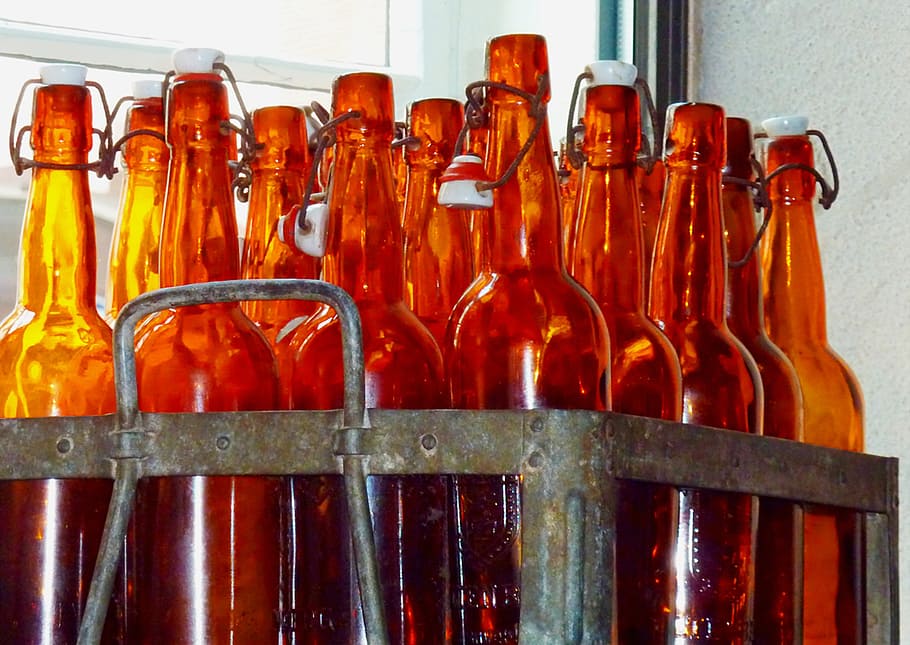High alcohol consumption linked to single brain receptor…in mice

Too much of anything is usually a mistake, when we speak of a substance of abuse so common, and so easy to find as alcohol we can really get in trouble. Why do some indulge in too much drinking while others seem to easily control those urges is a valid question for which there is yet no answer. However, new research 1 in the journal Neuropharmacology points to a single receptor in a single brain area, at least, in mice.
This receptor, the kappa opioid receptor (KOR), was already known to be associated with alcohol abuse, and interestingly is not a receptor related to the pleasurable feelings but with the opposite: stress, anxiety…
Since KOR is expressed widely in the brain, the researchers decided to focus on a single region: the bed nucleus of the stria terminals (BNST), also known as part of the extended amygdala, and related to emotional processing.
First, they trained mice (male and female) to binge drink for about 4 hours a day, every evening, and then they took a look at the function of the KOR receptor. To examine its function, they blocked pharmacologically the KOR receptors and saw a reduction -even though not complete- of the drinking levels of those heavy mouse drinkers. And then they did the opposite: they enhanced the activity of the KOR receptors and obtained an increase of the drinking, like if you would take the last drink when you’re already full of it.
These results seem to confirm the hypothesis of KOR involvement in binge drinking in mice. A single receptor in the BNST appears to be the one determining whether rodents will go for high alcohol consumption or a reasonable one.
Why would such a receptor, related with anxiety and stress, be involved in excessive alcohol use is not yet clear. However, as a hypothesis I would like to mention the notion of drinking to drown the sorrows. This common saying may be more than just a phrase and underlie the physical reason why do alcoholics become so.
In any case, it is preliminary work, in mice and the role of KOR was only studied in a single brain region. Maybe if we could look at the brain as a whole, we would find other functions of the KOR that might support this hypothesis.
References
- Harold L. Haun, William C. Griffin, Marcelo F. Lopez, Howard C. Becker (2020) Kappa opioid receptors in the bed nucleus of the stria terminalis regulate binge-like alcohol consumption in male and female mice. Neuropharmacology 167: 107984 doi: 10.1016/j.neuropharm.2020.107984 ↩